Plott Hound
The Plott Hound is an energetic, big-game (mountain lions, bears, and boars) hunting dog and is one of seven breeds of registered coonhounds. The Plott Hound is a medium-sized, well-muscled, courageous, hardy dog with superior hunting instincts. Today, these dogs are human companions, fearless and very protective of their family and property. They are loyal to their people.

Height:
20-25 in (51-64 cm)

Weight:
40-60 lb (18-27 kg)

Origin:
Germany

Life Expectancy:
12-14 years
Dog Breed Characteristics
Male dogs are weighed 50-60 pounds (23-27 kg), and female ones weigh approximately 40-55 pounds (18-25 kg). Males are 20-25 inches (51-64 cm) high at the shoulder. Females are slightly smaller, reaching 20-23 inches (51-59 cm) at the shoulder.
Coat
The Plott Hound’s coat is short, smooth, thick, and easy to care for. The coat requires minimal care. Weekly brushings with a rubber curry brush will be enough to remove dead hair and keep the coat healthy. A few Plott Hounds have a double coat, and they shed more heavily.
These Plott Hounds must be brushed at least twice or thrice a week. Their coat comes in any shade of brindle; black with brindle trim, solid black, or buckskin, an unusual coloration that can be red fawn, sandy red, light cream, yellow ochre, dark fawn, or golden tan. The coat can also be solid black and have a saddle pattern on the back or other markings.
There might be a little bit of white on the chest and feet of the dog.
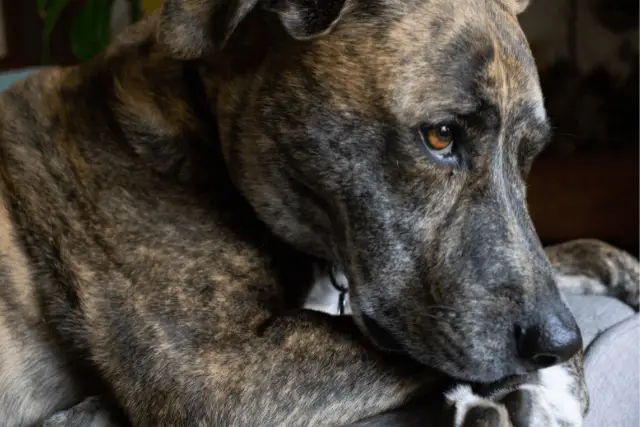
Care
As said before, the Plott Hound’s coat is easy to maintain. However, there are other things you should take care of. These dogs are known to sometimes have an unpleasant odor. Occasional baths should help keep them from having a doggy odor.
The nails should be trimmed regularly (if the dog doesn't wear them down naturally). Brush your Plott Hound’s teeth to remove tartar buildup and prevent gum disease and bad breath.
Exercise needs
The Plott Hound is an active, athletic, and energetic dog that needs a lot of physical exercise and mental stimulation. This dog should have a chance to run free, but because of his hunting history, he should always be kept in a fenced area when off-leash. This dog tends to wander away, following some smell, and has no road sense. The Plott Hound also tends to chase other animals, so never trust him off-leash.
This dog is an excellent choice for people with active lifestyles, joggers, hikers, and especially hunters.
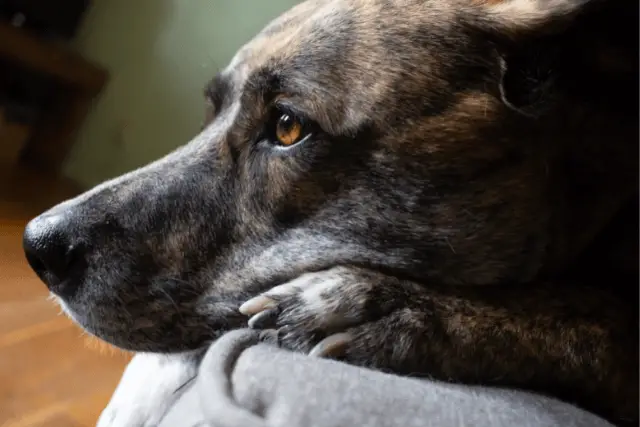
Training
The Plott Hound is a big, powerful dog, so training him needs to start as early as possible. These dogs are extremely intelligent but stubborn and independent (typical hound traits). Because of this training, they take time, patience, and persistence. Because they have a dominant streak, they need a firm leader who can offer calm, consistent training. The Plott Hound is not recommended for inexperienced or timid owners. The Plott Hound reacts to positive reinforcement, especially to tasty treats.
The Plott Hound should be socialized to prevent any aggression problems. Socialization with other people, pets, and situations is a must.
Barking
Plott Hounds can be loud, especially if they are bored or have seen an animal they want to chase. They are known to have a loud, ringing bark. Through the centuries, when Plott Hounds were primarily tracking and hunting dogs, this bark was used to let the hunter know the dog was on the trail of or has treed his prey.
Behavior
Plott Hounds go along well with other pets if brought up with them. Sometimes there may be tensions between a Plott Hound and a dog of the same sex.
Plott Hound and cats
This dog can get along just fine with a cat if they are raised with them.
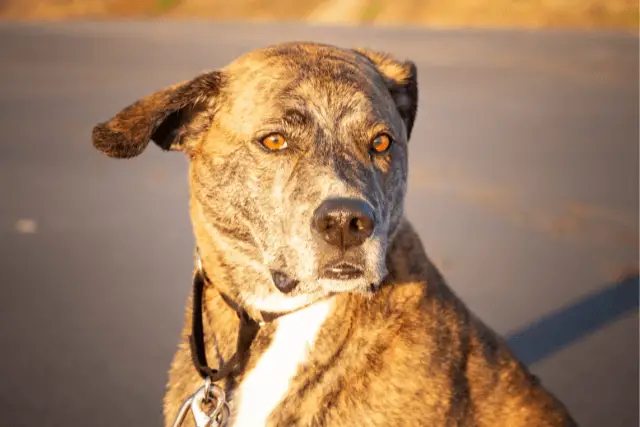
Health issues
The Plott Hound has an average lifespan of 12-14 years and, although generally healthy, is prone to some hereditary and congenital conditions. This dog is prone to bloat, hip dysplasia, and musculoskeletal conditions such as mucopolysaccharidosis.
Ear problems
Because the Plott Hound’s medium-length floppy ears can block air circulation, they must be checked and cleaned weekly. This is essential to prevent ear infections this breed is prone to. A cotton ball is moistened with a cleaning solution and gently cleans the dog’s ears. You should check the ears weekly to ensure they are free of wax and debris that cause ear infections.
Diet
The Plott Hound should eat high-quality commercial dog food or a complete, balanced, home-prepared diet. These dogs love to eat and are prone to obesity so feed them measured meals.
FUN FACT: Plott Hounds are very possessive of their food dishes and will not hesitate to attack other animals trying to eat their food.
Plott Hound breeders
The Plott Hound is an uncommon and rare breed so prepare yourself that there might be a long waiting list for a Plott Hound puppy. Plott Hound puppies usually cost between $300 - USD 500.
World Dog Finder team

Updated at31.08.2023.
Breed History
The Plott Hound originated in Germany. In 1750, 16-year-old Johannes George Plott emigrated from Germany to America. He carried his five Hanoverian Hounds and settled in the Smoky Mountains of Bute County, North Carolina. These five dogs he started breeding with other breeds, creating a breed that excels in tracking and hunting big predators.
Plott Hounds were also used to protect the home and drive livestock. The first time the Plott Hound breed was recognized was in 1946 by the United Kennel Club. This was also the year the breed was officially named the Plott Hound. The Plott Hound was recognized by the American Kennel Club in 2006.
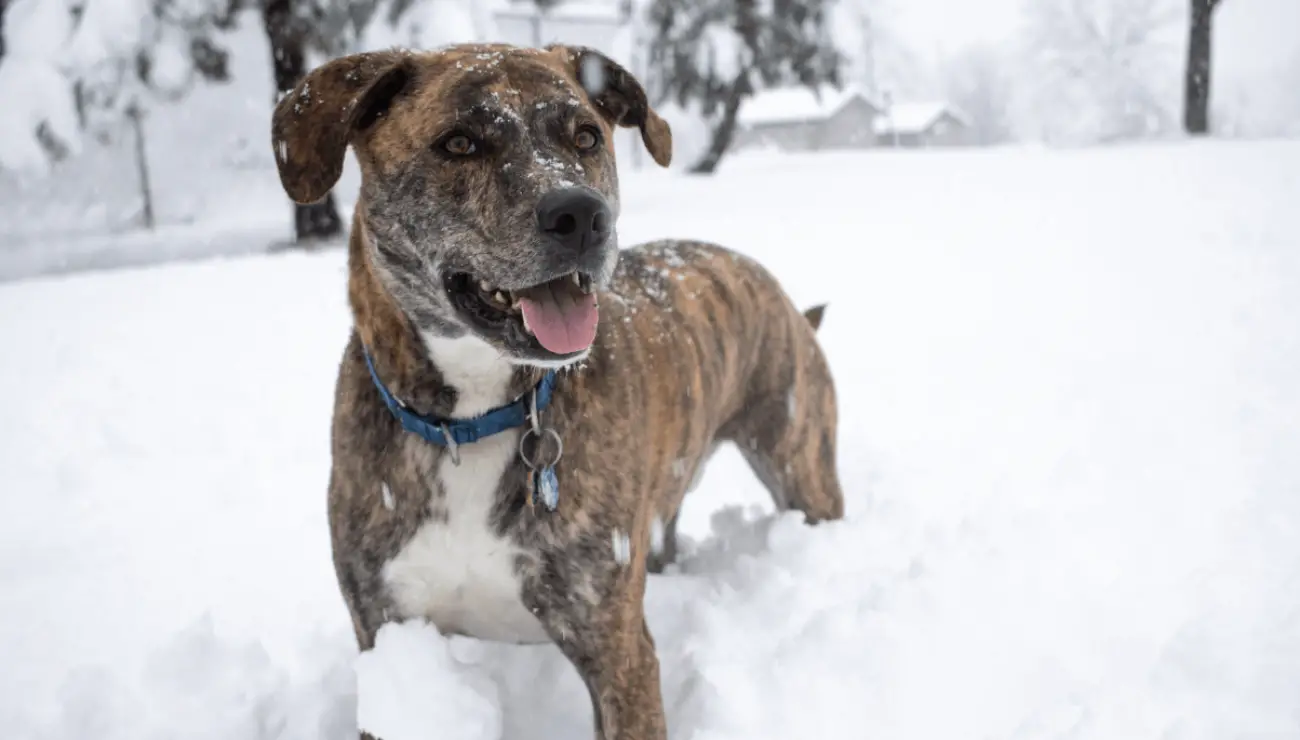
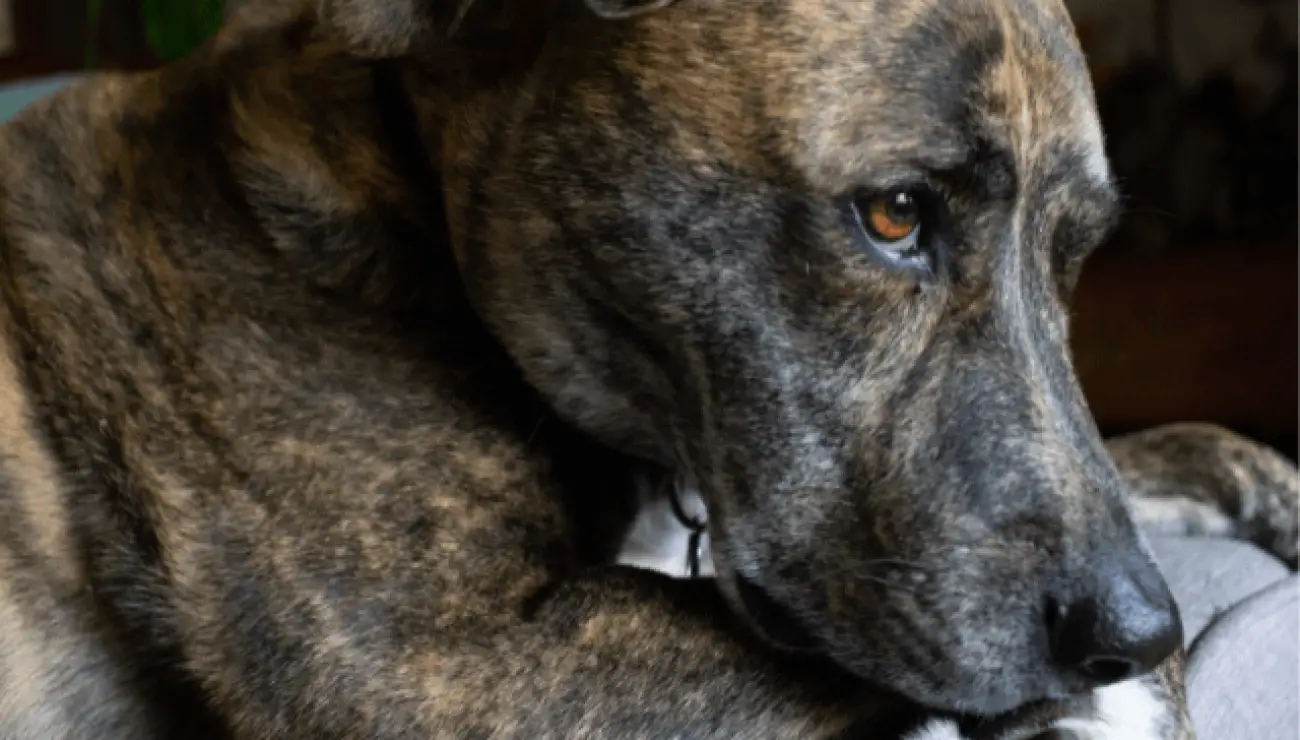
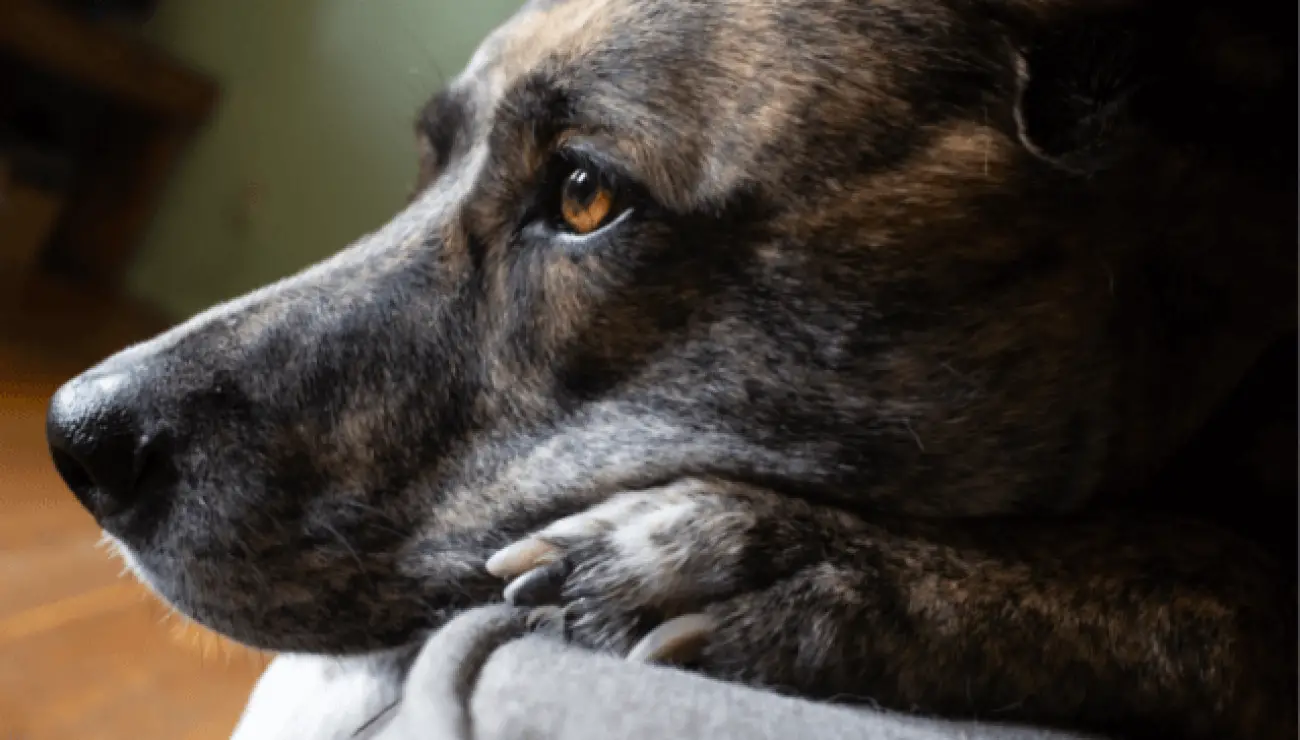
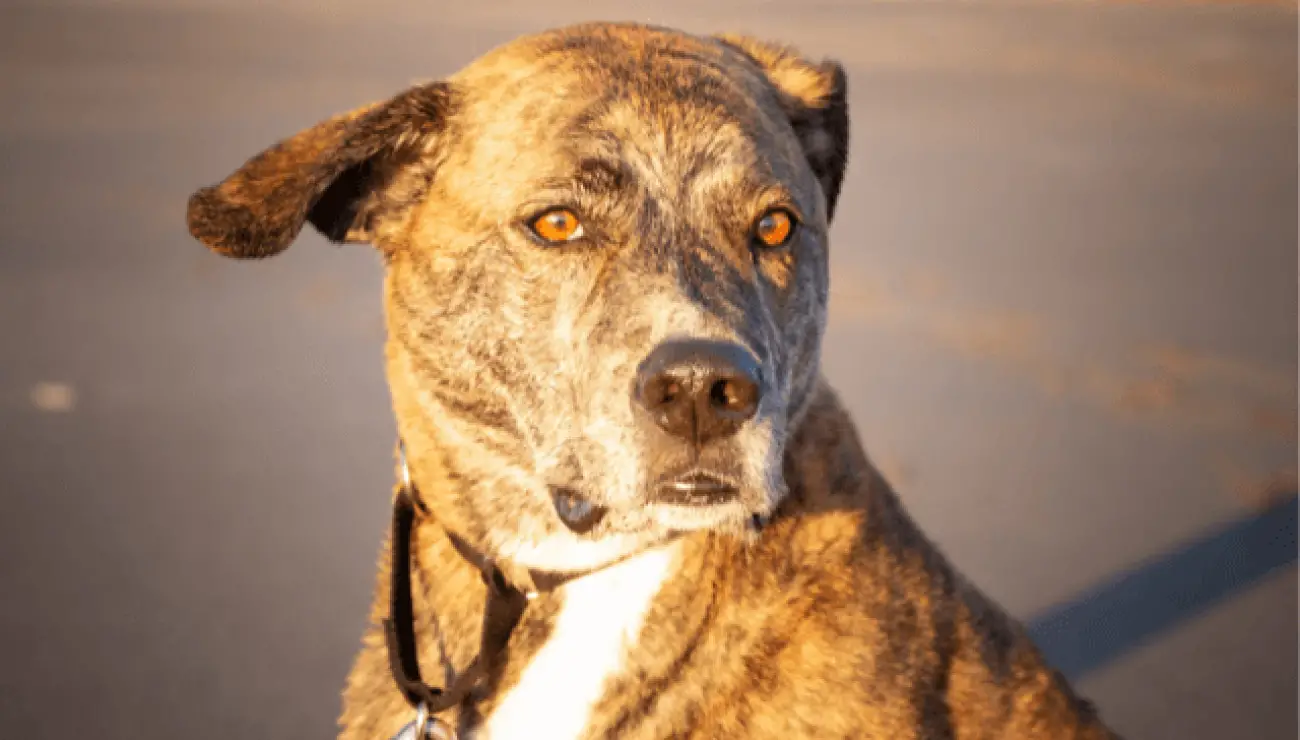
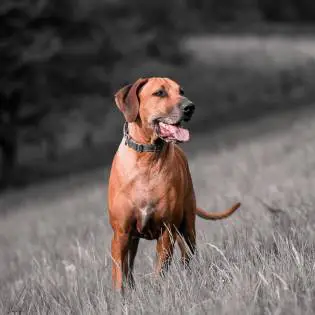
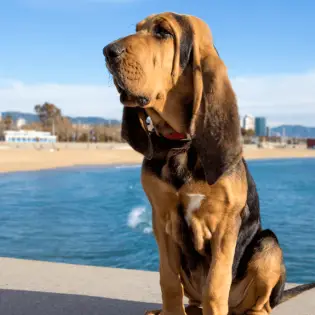
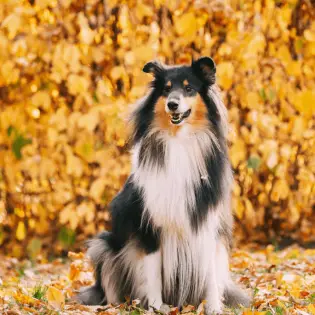
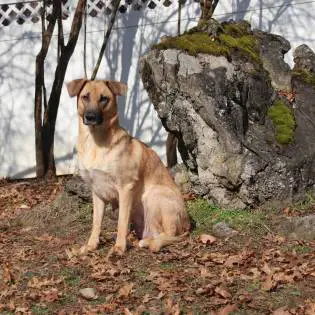
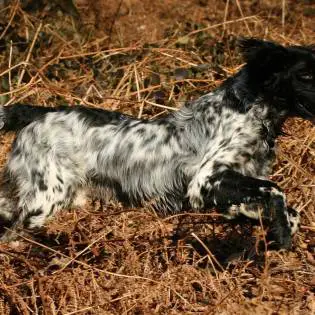
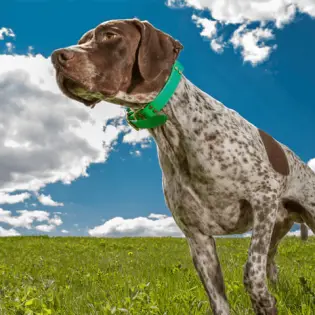
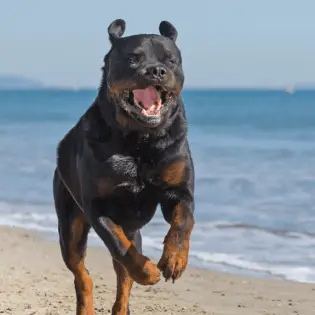
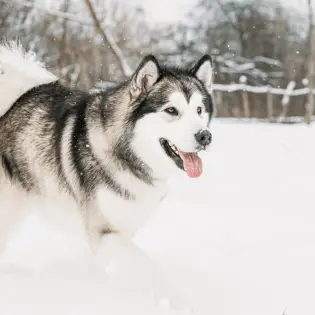
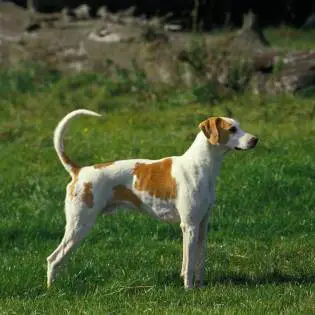
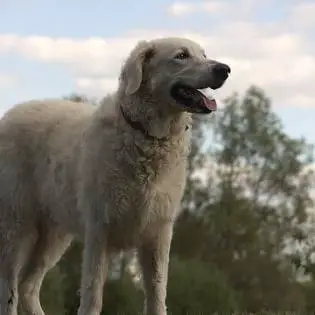

Share